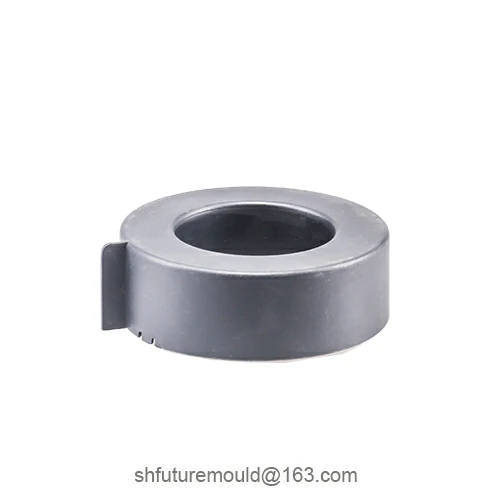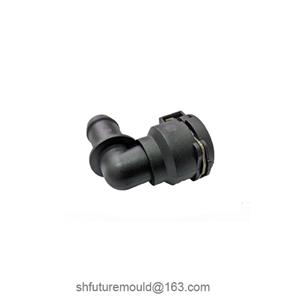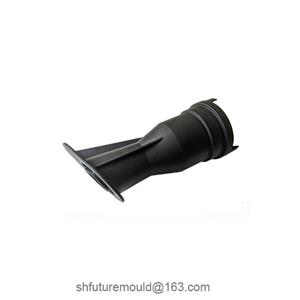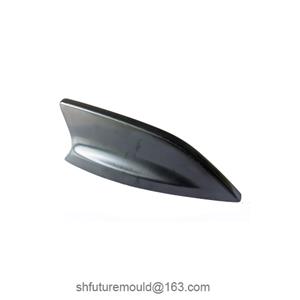-
How to Effectively Extend the Service Life of Injection Molds
Injection molds are key equipment in injection molding production, and their service life directly affects production costs and efficiency. Effectively extending the service life of injection molds can reduce production costs and improve production efficiency.
27-03-2025 -
What is the Function of CAE Mold Flow Analysis?
CAE mold flow analysis is a method that utilizes Computer-Aided Engineering (CAE) technology to simulate and analyze the injection molding process.
27-03-2025 -
Liquid Silicone Rubber (LSR) Products and Their Differences from Traditional Injection-Molded Products
Liquid silicone rubber (LSR) products differ significantly from traditional injection-molded products in terms of material properties, processing methods, and application areas.
26-03-2025 -
Vertical Injection Molding Machines and Precision Injection Molding for Sensors
As a key device in precision injection molding, the vertical injection molding machine, with its unique structure and performance advantages, has promoted the development of precision injection molding technology for sensors.
26-03-2025 -
What Is the Service Life of an S136 Mold After Heat Treatment?
S136 is a high-hardness, wear-resistant stainless steel mold steel. After proper heat treatment, its hardness typically reaches 58–62 HRC, significantly enhancing the mold’s wear and impact resistance.
26-03-2025 -
Injection Mold Manufacturing Process and Lead Time
The manufacturing process of an injection mold involves multiple stages, including design, fabrication, assembly, and debugging. The timeline depends on mold complexity, production requirements, and equipment efficiency. Typically, the entire process from design to final delivery takes 6–12 weeks or longer.
25-03-2025 -
Design and Considerations for Lifting Eye Holes in Injection Molds
Lifting eye holes, as the core load-bearing structure for mold handling and installation, directly impact operational safety and service life through their rational design.
25-03-2025 -
Inspection of Stainless Steel Inserts in Medical Injection Molding
In the field of medical injection molding, the inspection of stainless steel inserts is crucial. This is not only related to the quality and performance of the product but also directly affects the safety and health of patients.
25-03-2025 -
Materials for Injection Molding of Medical Hemodialysis Tubing Casings
In medical devices, especially in the manufacturing of hemodialysis tubing casings, selecting the appropriate material is crucial for the product's performance, safety, and durability.
24-03-2025 -
What are the cooling methods for injection molds?
The design of the cooling system in an injection mold directly affects molding efficiency, product dimensional accuracy, and residual stress distribution.
24-03-2025




